Anatomy of a book [Part 1]: the outside
Ever wondered what the numbers above the barcode on a book are? Or why hardbacks are sometimes called cloth? Or what the loose cover that wraps around a hardback is called? Then read on…
Books come in two main types: hardback and paperback. A hardback is a book bound with rigid protective covers, usually heavy cardboard, which is covered in cloth, heavy paper or leather. Often the book comes with a separate dust jacket.
Some titles, usually non-fiction, will only be produced in a hardback edition while others, usually fiction, will have a hardback edition that will be published several months or a year before the paperback edition. A paperback is a book that has a cover made of heavy paper and it doesn’t usually have a dust jacket as the cover is printed on to the front of the book. It is less durable than a hardback and is less expensive.
The edge of the book, that is visible when a book is on a bookshelf, is called the spine. It will have the title, the author’s name and the publisher either printed horizontally or vertically depending on its width. In libraries, the Dewey classification number will be placed on a spine label at the bottom of the spine.
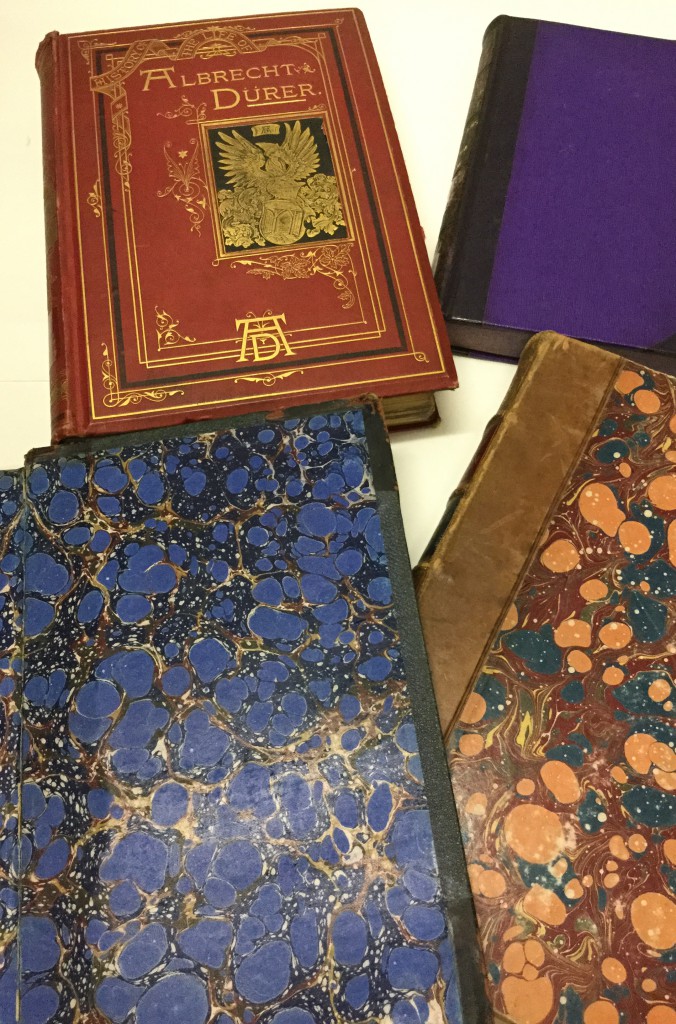
If the book is a hardback its front and back covers are called boards. These are pieces of cardboard which are then covered with cloth or paper and hardbacks are sometimes referred to as cloth editions because of this cloth covering. Hardback books, and less often paperback books, often have a separate paper cover that wraps around the book and protects the covers and this is called a dust jacket. These were first used in the C19th and were just designed to protect the book while it was in transit and they would have been thrown away. Dust jackets also serve to make the book more attractive and it will have a full colour design whereas the cloth of the cover will often just have the title, author’s name and publisher embossed though it is becoming more usual for the boards to have the same design as that on the dust jacket.
The parts of the dust jacket that wrap around the covers of the book and hold it in place are called flaps and they will usually have a brief description of the book, its price and often biographical details of the author. With paperbacks there is usually no dust jacket but the cover will be full colour.
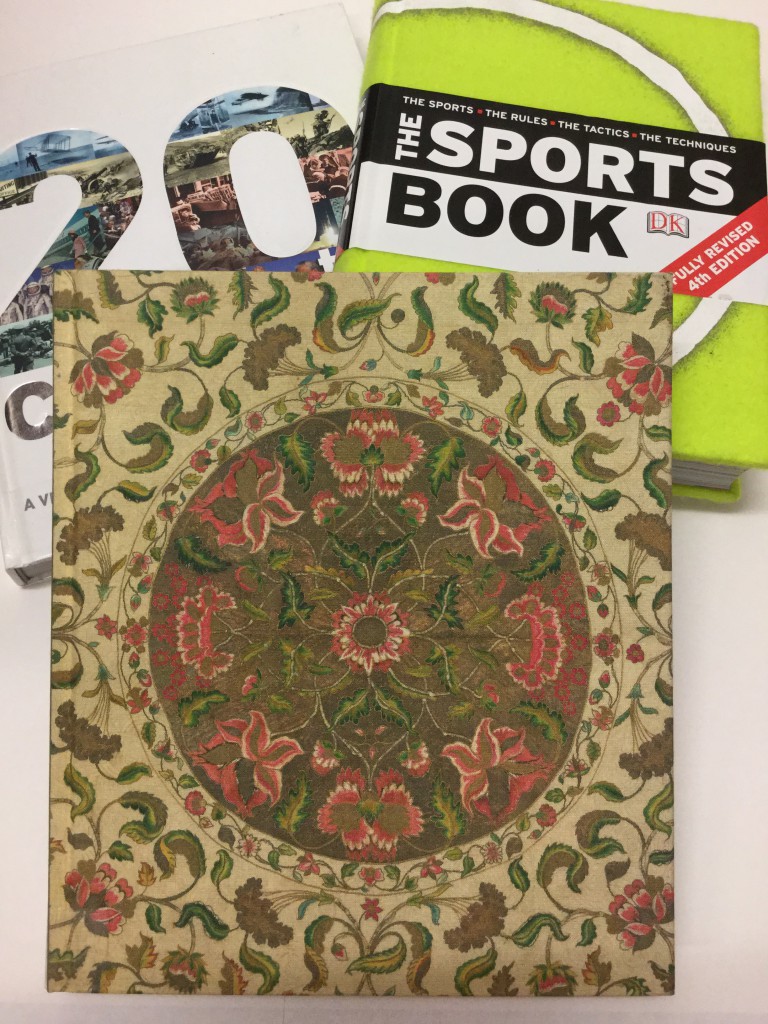
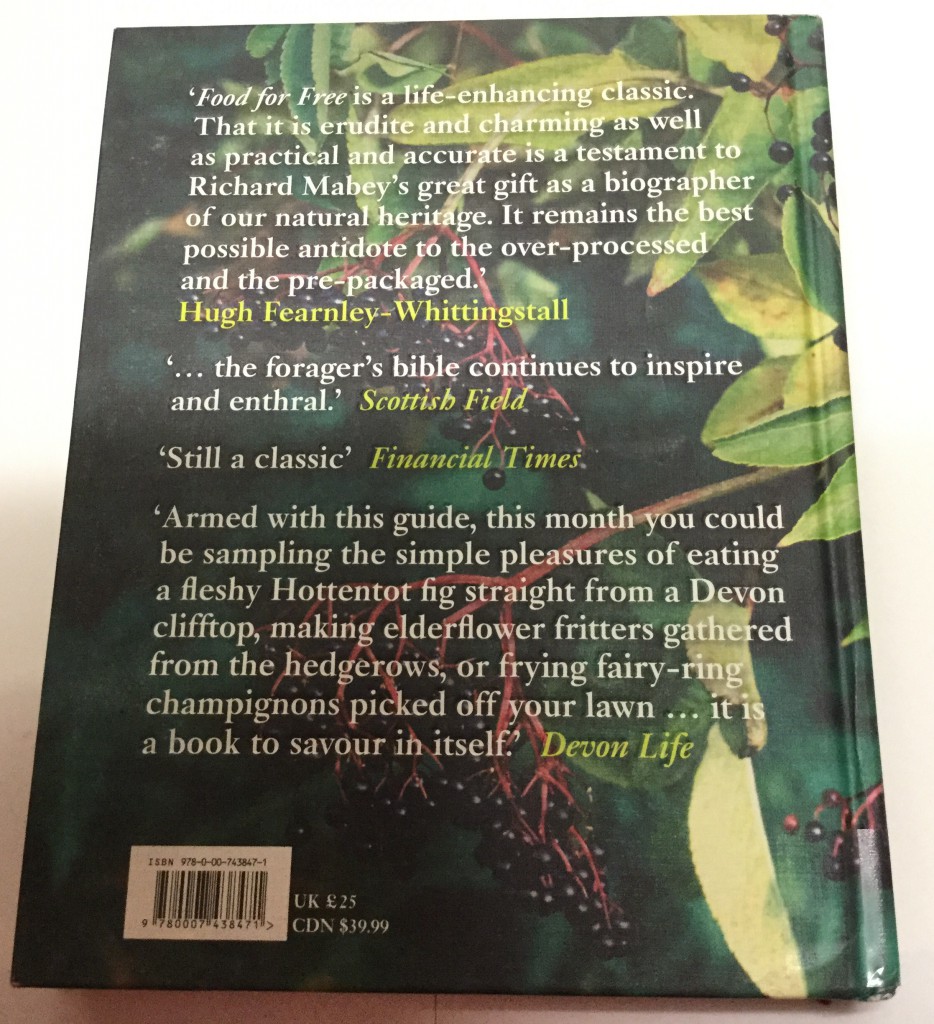
The front cover will have the title, author and possibly the publishers name or their colophon*, while the back cover will have the ISBN and the bar code, and may have what is referred to as publisher’s blurb. This can include quotes from the work, from reviewers or fans, a summary of the plot, a biography of the author. If there is a dust jacket this information will be on there. * See part two for more on colophons.
None of this is set in stone and publishers and book designers may choose to ignore conventions and to do something completely different.
Different countries have different conventions and traditional French publishers seldom publish books with colourful covers but covers are generally white or cream with red or black lettering.
Sets of books, or individual titles, may be sold in slipcases. This is a five –sided box which protects the books and is often used for special gift sets, or particularly expensive titles. The slipcase may have the cover reproduced on it or it may have a separate design.
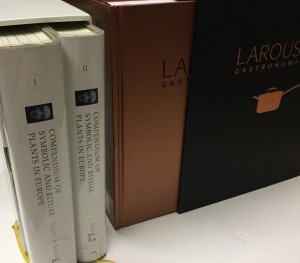
The Dewey Decimal Classification system is a widely used library classification system. All knowledge is divided into ten main classes and the ten main classes are then further subdivided. Each main class has ten divisions, and each division has ten sections. Library books are shelved in Dewey order and the number will be attached to the bottom of the spine.
Each edition of a book is assigned an International Standard Book Number (ISBN), with hardback, paperback and eBooks editions of the same title having different ISBNs. A set of books, such as the Oxford English Dictionary, will have an ISBN for each volume and there will be one assigned for the set as a whole. ISBNs are used by publishers, booksellers, wholesalers and libraries to identify books and are used in their databases for ordering, cataloguing and stock control and this enables them to order, sell, catalogue and lend books efficiently.
Before ISBNs there was the Standard Book Numbering system in the UK. In 1965 W. H. Smiths (then the largest single book retailer in Great Britain) announced plans to move to a computerized warehouse in 1967 and the company wanted a standard numbering system for the books it carried. They hired consultants to work on their behalf and along with the British Publishers’ Association’s Distribution and Methods Committee, and other experts in the U.K. book trade, they devised the Standard Book Numbering (SBN) system in 1966 and implemented in 1967.
At the same time, the International Organization for Standardization (ISO) Technical Committee on Documentation (TC 46) set up a working party to investigate the possibility of adapting the British SBN for international use. After various meetings, reports and consultations the International Standard Book Number (ISBN) was approved as an ISO standard in 1970, and became ISO 2108.
That original standard has been revised as book and book-like content appeared in new forms of media, but the basic structure of the ISBN, as defined in that standard, has not changed and is in use today in more than 150 countries. Today the ISBN Agencies around the world are administered by the International ISBN Agency, located in London.
An ISBN consists of five parts:
- Prefix of either 978 or 979
- Group identifier that show the language group- English is either 0 or 1 (French= 2 and German=-3)
- Publisher code – Penguin Books is 140
- Item number
- Check digit ( this ensures that the ISBN is a valid)
It now consists of thirteen digits, but before Jan 1 2007 it was only 10 digits.
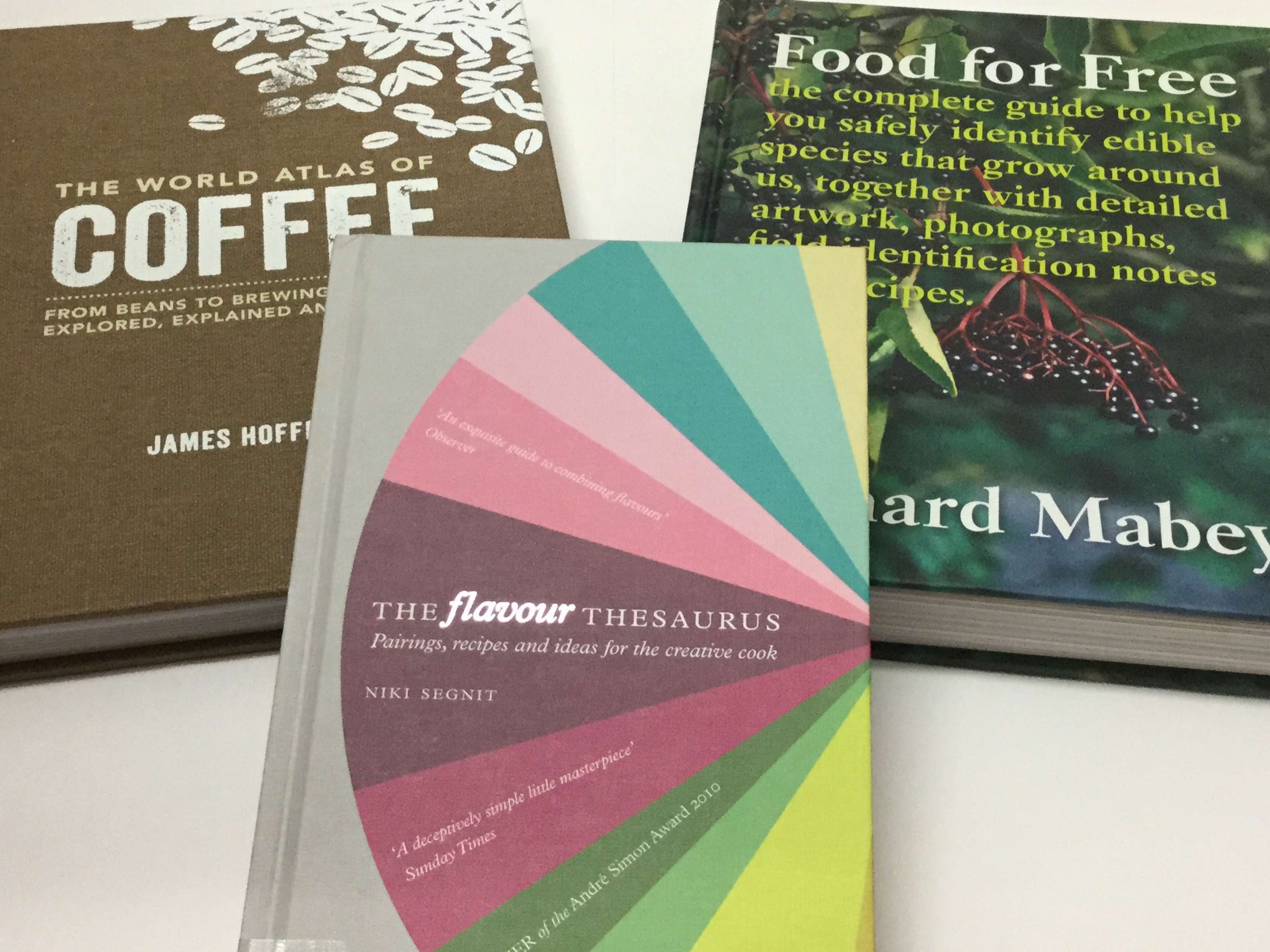
A book’s cover not only advertises the book and its contents but it also is an easy way of identifying the publisher and sometimes even the author or series, through its design. For example, the distinctive orange that used to be used by Penguin, and the covers of Faber’s poetry titles that use the double FF of the Faber logo as a repeated motif.
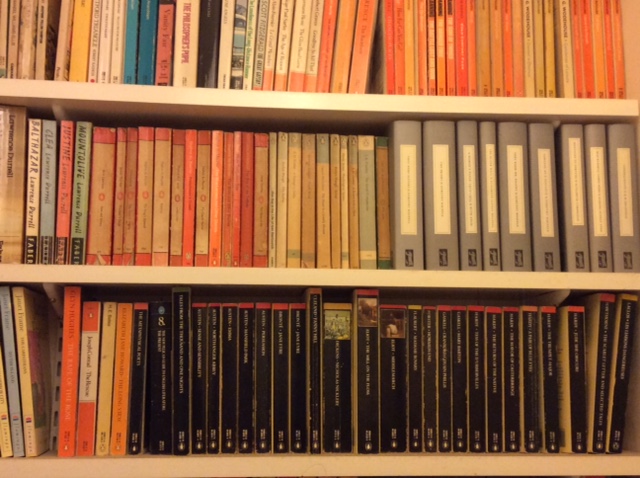
Titles by authors whose works who have yet to be discovered by a new generation of readers, or whose sales are flagging, may be reissued with new, modern jackets.
Many artists and illustrators have also worked for publishers and presses, for example Eric Ravilious designed the engraving that appears on the front cover of Wisden’s Cricketers’ Almanac and Vanessa Bell designed covers for the Hogarth Press.
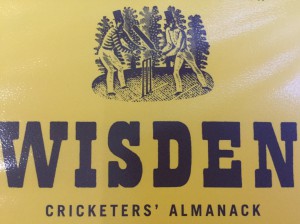
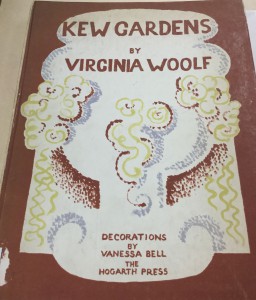
The system for book sizes used in the British book and publishing trade prior to 1969 was based on the idea of the size of the page being a fraction of a larger sheet of paper, for example, a quarto book would have a page size that was a quarter of the original sheet, and an octavo would have a page that was an eighth of the original sheet size. The paper sizes were imperial paper sizes so a book would be described as being Foolscap Quarto or Imperial Quarto and so on.
In 1969 metric equivalents of these former sizes and new ISO paper sizes (A1, A2, B3, etc) were agreed for use in British book production.
For example, paperback books sizes are as follows:
A format 110mmx178mm
B format130mm x 198mm
C format (also known as trade paperbacks) 135mm x 216mm. These are normally identical to the hardback edition, in the page layout and the cover, but the binding is a paperback binding. They are often issued prior to the smaller mass market paperback edition.
Publishers may choose, for aesthetic or marketing reasons, to use a non-standard size.
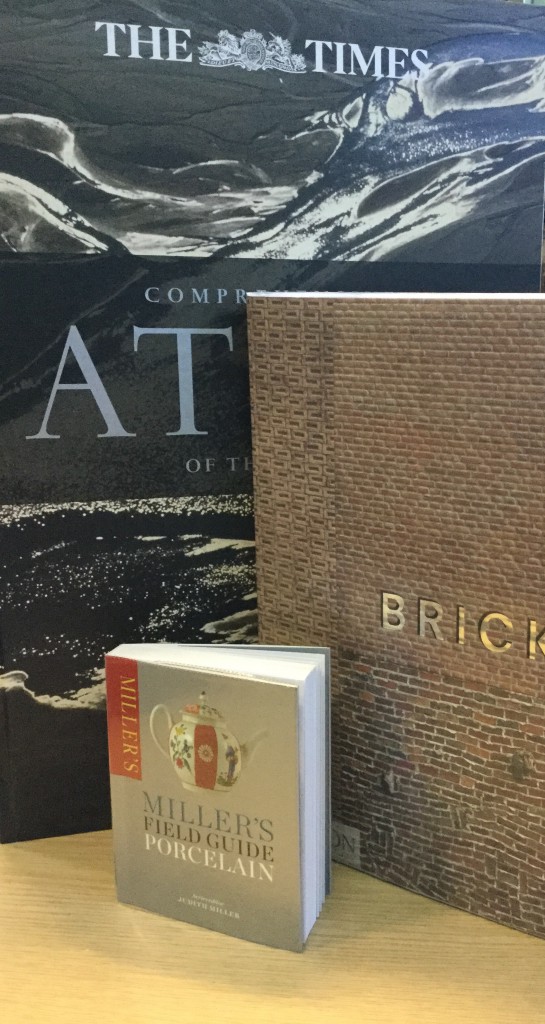
Pages of books are generally either sewn or glued. Usually hardbacks are sewn as this is a more durable binding. Several sheets are folded in half and are then sewn along the fold middle and are then attached to other sections by sewing or by tapes. The endpapers are then glued to the boards of the covers.
Paperbacks may have a sewn binding or they may have what is known as perfect binding. Individual pages are cut and a layer of glue is put on the spine edge and this binds all the pages together. The cover is then attached to the pages by gluing along the spine and also by gluing part of the flyleaf to the covers. This isn’t as robust a form of binding as sewn binding. Other types of binding include ring-binding and stapling.
Libraries sometimes used to re-bind books into a heavier, more durable binding (often buckram cloth-covered boards) which will stand up the heavy use to which library books are often subjected. The author, title & Dewey number will be printed or embossed onto the spine. This is known as library binding.
See also Anatomy of a book – Part 2: the inside
[ Fiona Campbell, Library Assistant ]
